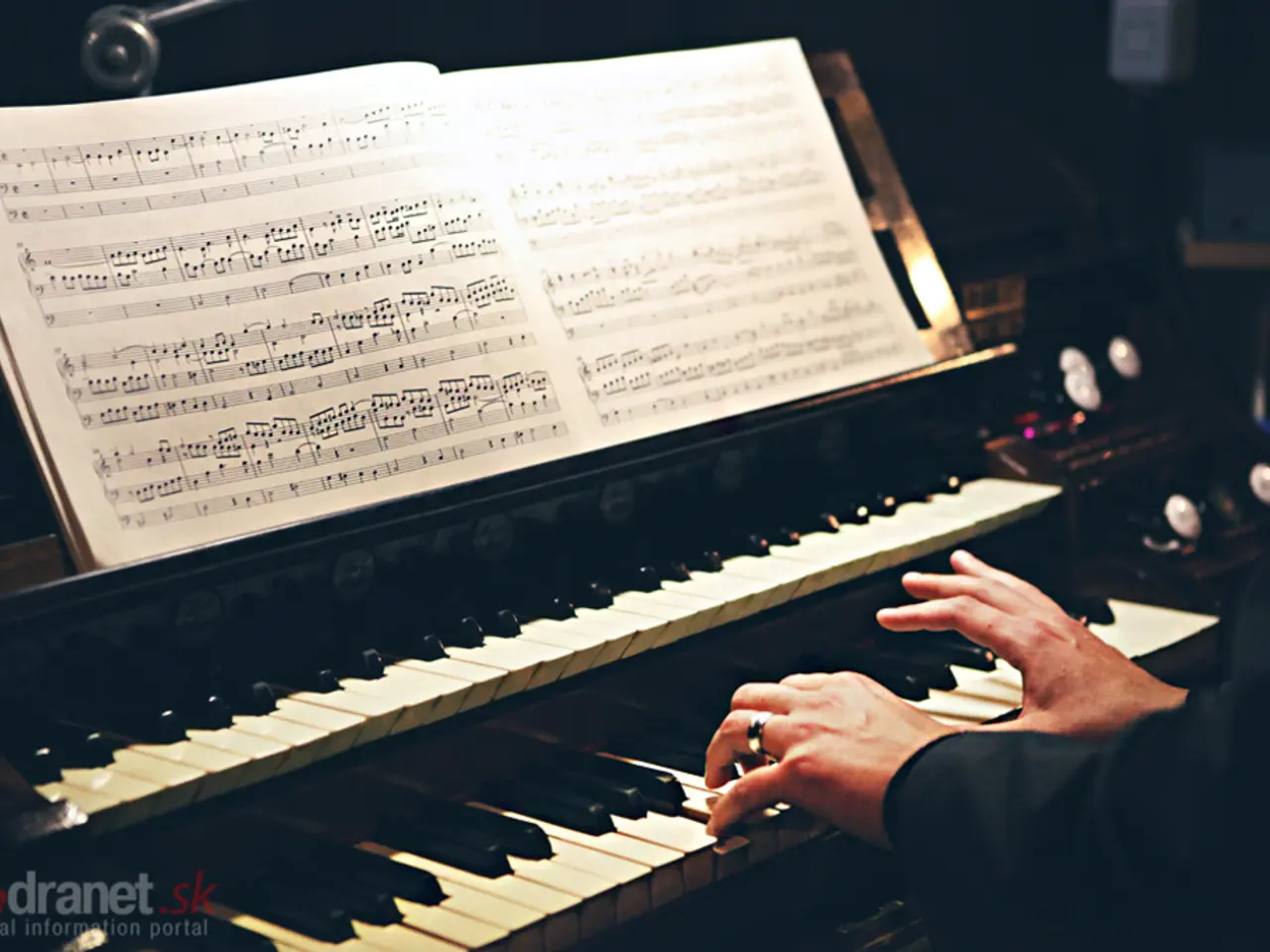Practicing Advanced Sight-Reading Techniques for Aspiring Pianists
Sight reading is an essential skill for any piano player, allowing one to play a piece of music never seen before without prior practice. This skill not only saves time but also makes learning new pieces easier and adds an element of enjoyment to playing the piano.
The Importance of Sight Reading
Practicing sight reading in a performance-like setting adds an element of pressure, helping build confidence in public playing. Arranging periodic mini-concerts for friends or family, or recording yourself playing, can provide insights into areas where you might falter under pressure. Simulating performance scenarios during practice sessions can help you develop strategies to manage performance anxiety.
Effective Methods for Improving Sight Reading
Effective methods for improving piano sight reading skills include a combination of structured practice techniques, gradual skill development, and the use of tailored resources. Key step-by-step techniques are:
- Preview the Music Before Playing: Scan the piece quickly to identify key areas, such as starting notes, key signature, highest and lowest notes, hand positions, and rhythm patterns. This helps plan finger placement and anticipate challenges.
- Look Ahead While Playing: Train your eyes to read 1-2 measures ahead of what you are currently playing. This develops smoother playing and reduces hesitation.
- Isolate and Practice Difficult Sections: Break the music into manageable phrases and practice tricky parts slowly until comfortable. As familiar patterns become second nature, sight reading naturally improves.
- Count the Rhythms Aloud: Vocalizing rhythms as you play reinforces timing and internalizes rhythmic patterns, making sight reading more accurate.
- Use Progressive and Gamified Tools: Digital tools like MuseFlow and Sight Reading Studio provide level-graded exercises that adapt in difficulty and offer real-time feedback. They also gamify progress by requiring high accuracy to advance, which helps maintain motivation and a balanced challenge.
- Practice Daily, Even Briefly: Consistent short sessions focusing on sight reading are more effective than occasional long sessions. This regularity builds a steady habit.
- Play with Others or Accompaniment: Ensemble practice or playing along with accompaniment can simulate real musical environments, enhancing timing and fluency.
Recommended Resources
- MuseFlow (gamified, flow-state focused sight reading trainer with phrase-based levels)
- Sight Reading Studio by MakeMusic (customizable, real-time feedback, ensemble mode)
- Free downloadable sight reading exercises and tutorial videos (e.g., PianoTV YouTube channel)
- Guides such as MultiplayerPiano’s step-by-step tips for sight reading
Additional Tips
- Developing sight reading skills requires regular practice and a clear method for tackling new music.
- Balancing practice with other musical activities, such as playing for fun, improvisation, and learning pieces by ear, contributes to overall musicality and keeps practice enjoyable.
- Regularly practicing scales and chords will make you more familiar with the keyboard layout.
- Dedicating a specific part of your practice session solely for sight reading ensures consistent daily practice and steady improvement.
- Exposure to a wide variety of music will make you a more adaptable and skilled sight reader.
- Understanding the composers and historical periods of the pieces you are playing can provide insights into the intended style and execution of the music, which can be particularly helpful when sight reading.
- To improve sight reading, start with easy pieces, focus on rhythm, practice every day, and understand musical patterns and structures.
- Regularly engaging in music theory exercises unrelated to your instrument practice can reinforce theoretical understanding and its application to sight reading.
- Mimicking real performance scenarios during practice sessions can help you get accustomed to the nerves and distractions that often accompany live performances.
- A solid understanding of music theory can significantly enhance sight-reading skills.
- Breaking down complex pieces into sections based on musical phrases or difficulty helps focus on mastering one segment at a time.
As your skills grow, gradually increase the difficulty of the pieces you practice with. Be patient with your progress, and continuously challenge yourself with new and varied material. Exploring historical and cultural contexts of the pieces you play can enhance your interpretation and add depth to your sight reading practice.
- To develop sight reading skills, consider taking piano lessons that focus on this technique, as it's essential for any pianist and can be further honed through structured practice techniques.
- For entertainment and lifelong learning, consider enrolling in online music education platforms like MuseFlow and Sight Reading Studio, which offer gamified sight reading exercises to help you improve at your own pace.
- For a comprehensive understanding of music, it's beneficial to delve into music theory, which will not only aid in sight reading but also enrich your appreciation for various composers and their works.
- Education and self-development can be achieved by regularly practicing sight reading, following recommended resources such as PianoTV's tutorial videos and MultiplayerPiano’s step-by-step tips, and balancing your practice with other musical activities.
- To set yourself apart as a versatile and accomplished musician, focus on learning to sight-read a wide variety of music, and strive to gain a deep understanding of the composers and historical periods associated with the pieces you play, adding depth and authenticity to your performances.




